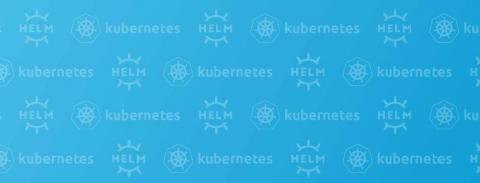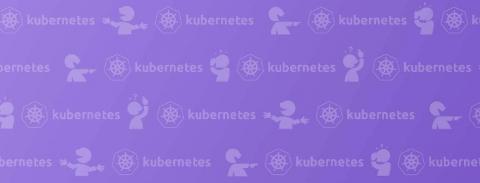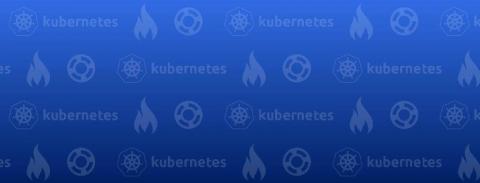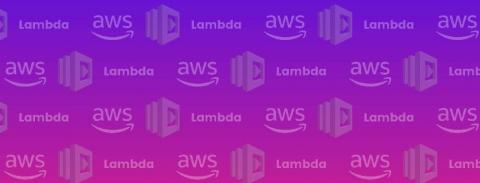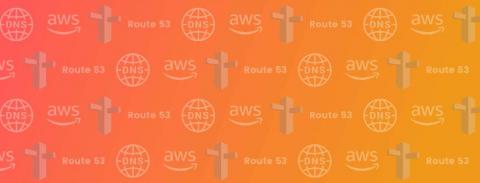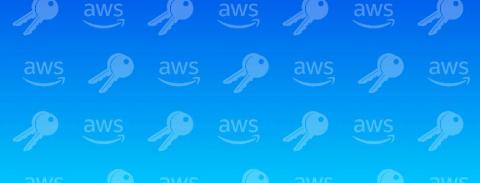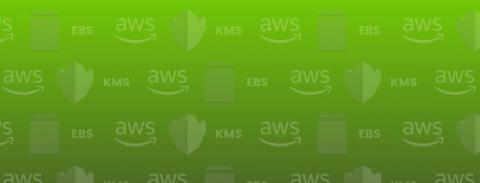Using Helm for Kubernetes management and configuration
Helm is a popular open-source tool used to manage and configure your Kubernetes cluster. Basically, it is a package manager (think Homebrew or NPM) built for Kubernetes. It helps automate processes like installing, configuring, upgrading, and removing items. This post will give you a brief introduction to Helm and how it might help you manage your Kubernetes cluster.


